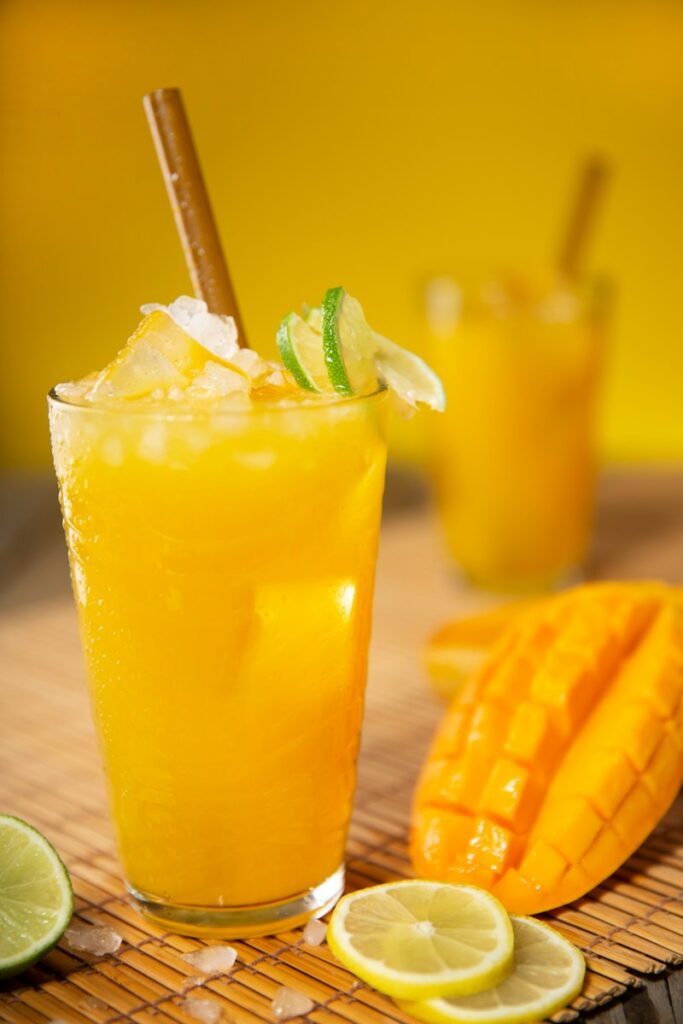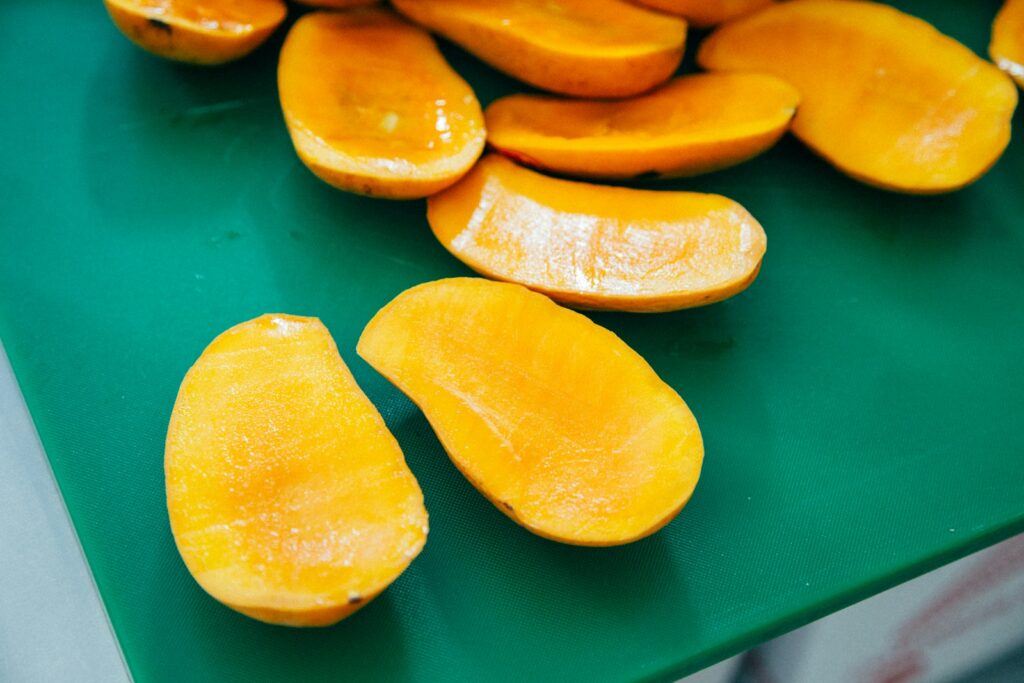12 Facts About Mango

Contact with oils in mango leaves, stems, sap, and skin can cause dermatitis and anaphylaxis in susceptible individuals. Cross-reactions may occur between mango allergens and urushiol.are one of the most popular and beloved fruits in the world. Their sweet, tropical flavor makes them an irresistible treat. Beyond their delicious taste, mangoes have a long and storied history, and their cultivation and uses reveal some intriguing facts.
Introduction
Mangoes originated in India over 5,000 years ago and are often referred to as the “king of fruits” in their homeland. Today, mangoes grow in tropical regions across the globe, from Asia to Africa to the Americas. Over 500 varieties exist, ranging from small, green honey mangoes to large, oval Tommy Atkin mangoes weighing over three pounds.
While most people simply enjoy mangoes fresh, they also get used to juices, smoothies, salsas, chutneys, curries, and other dishes. Their versatility matches their popularity.
Here are 12 facts sure to surprise and delight all mango lovers:
Facts About Mangoes

- Mangoes Are the National Fruit of 3 Countries – Mangoes hold the title of national fruit in India, Pakistan, and the Philippines. They have strong cultural and religious symbolism in these nations.
- The Mango Tree Can Live Over 300 Years – Mango trees are one of the longest-living fruit trees. Specimens in India have been known to still bear fruit after 300 years. Their extensive root systems allow them to weather droughts.
- There Are Over 500 Mango Varieties – Estimates range from 500 to over 1,000 different mango cultivars. They differ widely in size, shape, color, flavor, texture, and more. Popular varieties include: Ataulfo, Francis, Keitt, Kent, Haden, and Tommy Atkins.
- Mango Leaves Are Used in Religious Ceremonies – In India and other Asian cultures, mango tree leaves play important roles in festivals and rituals like weddings. Their green color and symbolic meaning give them spiritual significance.
- The Word “Mango” Originated in India – The word “mango” comes from the Tamil word for the fruit – “mangkay” or “man-gay.” The Portuguese brought it from India to Africa and South America in the 1500s.
- Mangoes Are Related to Cashews and Pistachios – Mangoes belong to the Anacardiaceae family, which also includes cashew trees and pistachios. Their seeds can even be roasted and eaten like nuts!
- There Are Over 1,000 Mango Festivals – Countries like India, Pakistan, and Brazil celebrate mangoes with over 1,000 annual mango festivals and fairs. These events feature mango tastings, meals, crafts, contests, music, and more.
- Mango Bark and Leaves Have Medicinal Uses – In Ayurvedic medicine, mango bark and leaves treat diabetes, inflammation, kidney stones, and infections. Compounds like mangiferin are studied for antiviral and anti-tumor effects.
- Mangoes Are the Most Popular Fruit in the World – With over 43 million tons grown annually, mangoes edge out bananas and apples in global production stats. Their popularity spans continents, with demand rapidly rising.
- The Heaviest Mango Weighed Over 7 Pounds – According to Guinness World Records, the heaviest mango weighed an incredible 3.435 kilograms – over 7.5 pounds! It was 30 centimeters long and nearly 50 centimeters in circumference.
- Mango Has Several Nutritional Benefits – Mangoes provide high amounts of vitamins A and C for immune and skin health. They also boast fiber, potassium, copper, and antioxidants like astragalin.
- Mexico Is the Top Mango Exporter – Mexico dominates the global mango export industry, shipping over $300 million worth each year. Hot weather and ideal soil help Mexico produce sweet mangoes in volume.
Conclusion
From spiritual icons to nutritional powerhouses, mangoes have compelling stories behind their global fame. Whether learning about mango varieties, their medicinal uses, or the sheer size record holders can reach, these 12 facts offer insight into this beloved fruit. Mangoes overcame the odds to journey from India across seas and continents to become the most popular fruit in the world – and for good reason!

FAQ about Mangoes
1. What is the origin of mangoes?
Mangoes originated from the region between northwestern Myanmar, Bangladesh, and northeastern India. They have been cultivated in South and Southeast Asia since ancient times, resulting in two types of modern mango cultivars: the “Indian type” and the “Southeast Asian type”.
2. How many varieties of mangoes are there?
There are several hundred cultivars of mango worldwide. Depending on the cultivar, mango fruit varies in size, shape, sweetness, skin color, and flesh color.
3. What are the uses of mangoes in culinary practices?
Mangoes are used in various cuisines. They can be consumed ripe or unripe and are used to make dishes like chutneys, pickles, curries, lassi, juices, jams, and even desserts such as mango float and mango cake.
4. What are the nutritional values of mangoes?
Mangoes are rich in vitamin C, vitamin A, folate, and dietary fiber. They also contain a variety of phytochemicals such as carotenoids, polyphenols, and xanthonoids.
5. Are there any potential health risks associated with mangoes?
Contact with oils in mango leaves, stems, sap, and skin can cause dermatitis and anaphylaxis in susceptible individuals. Cross-reactions may occur between mango allergens and urushiol.





